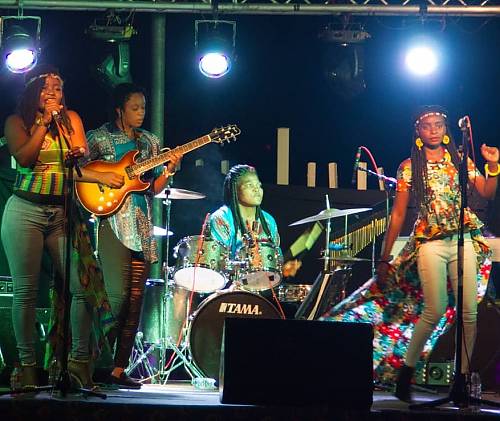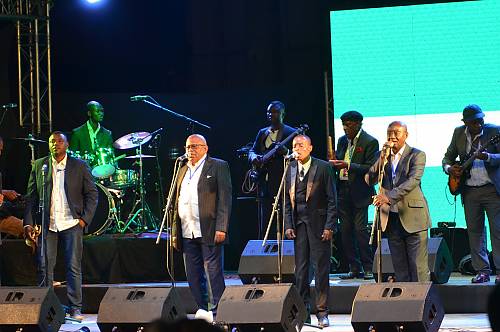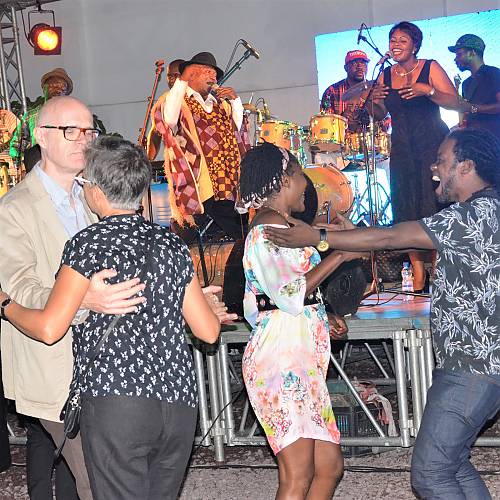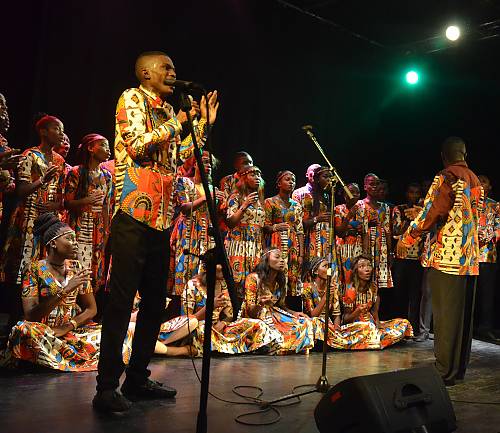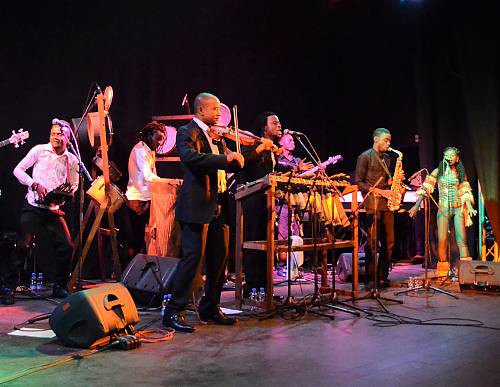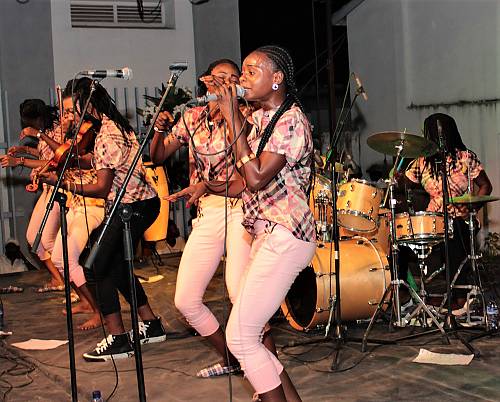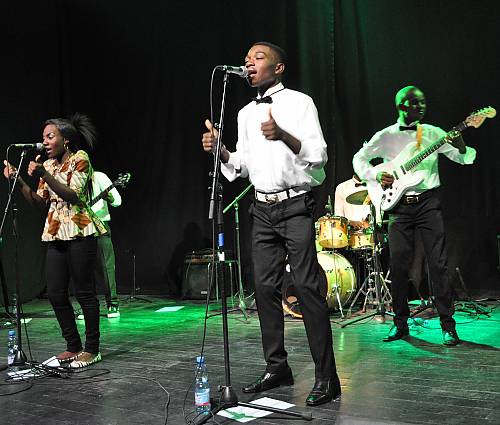Congolese rumba
Democratic Republic of the Congo and Congo
Inscribed in 2021 (16.COM) on the Representative List of the Intangible Cultural Heritage of Humanity
Congolese rumba is a musical genre and a dance common in urban areas of the Democratic Republic of the Congo and the Republic of the Congo. Generally danced by a male-female couple, it is a multicultural form of expression originating from an ancient dance called nkumba (meaning ‘waist’ in Kikongo). The rumba is used for celebration and mourning, in private, public and religious spaces. It is performed by professional and amateur orchestras, choirs, dancers and individual musicians, and women have played a predominant role in the development of religious and romantic styles. The tradition of Congolese rumba is passed down to younger generations through neighbourhood clubs, formal training schools and community organisations. For instance, rumba musicians maintain clubs and apprentice artists to carry on the practice and the manufacture of instruments. The rumba also plays an important economic role, as orchestras are increasingly developing cultural entrepreneurship aimed at reducing poverty. The rumba is considered an essential and representative part of the identity of Congolese people and its diaspora. It is perceived as a means of conveying the social and cultural values of the region and of promoting intergenerational and social cohesion and solidarity.

